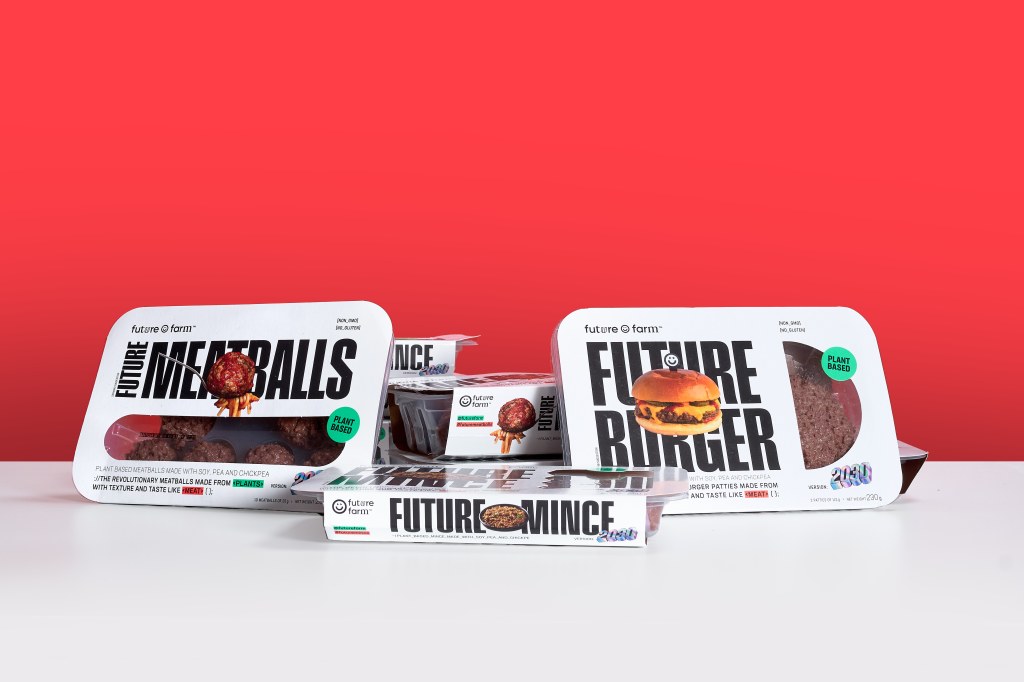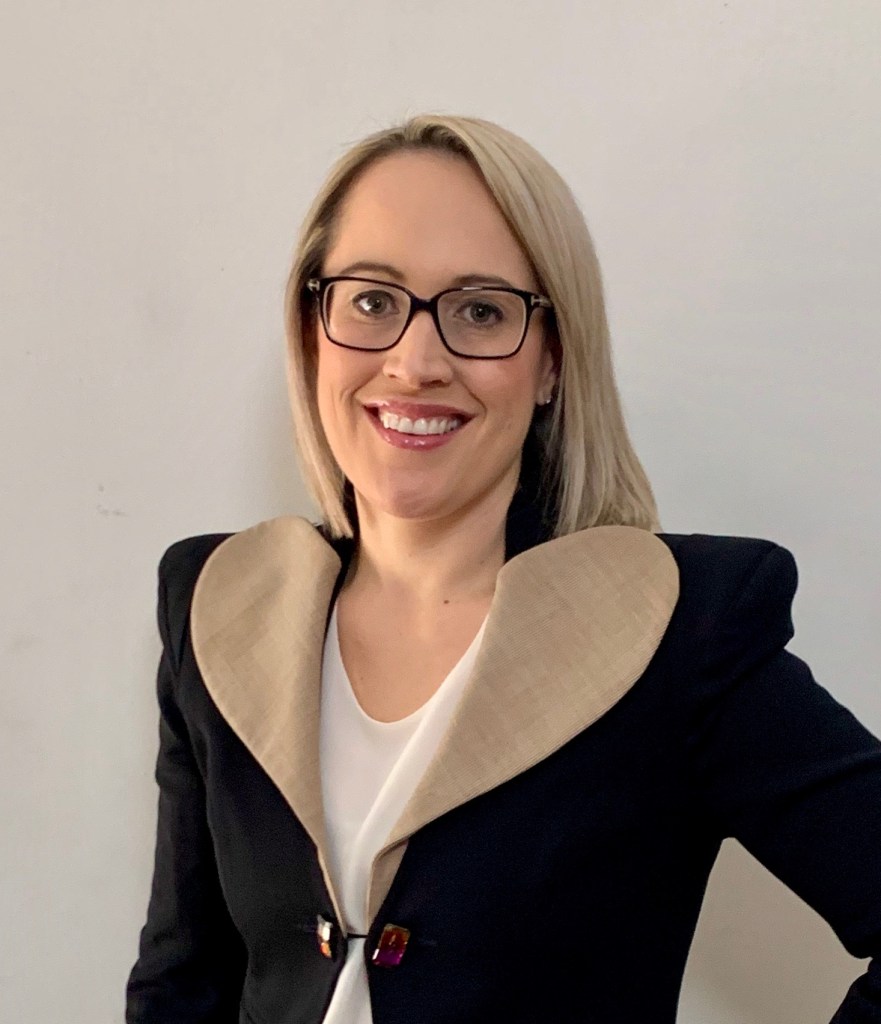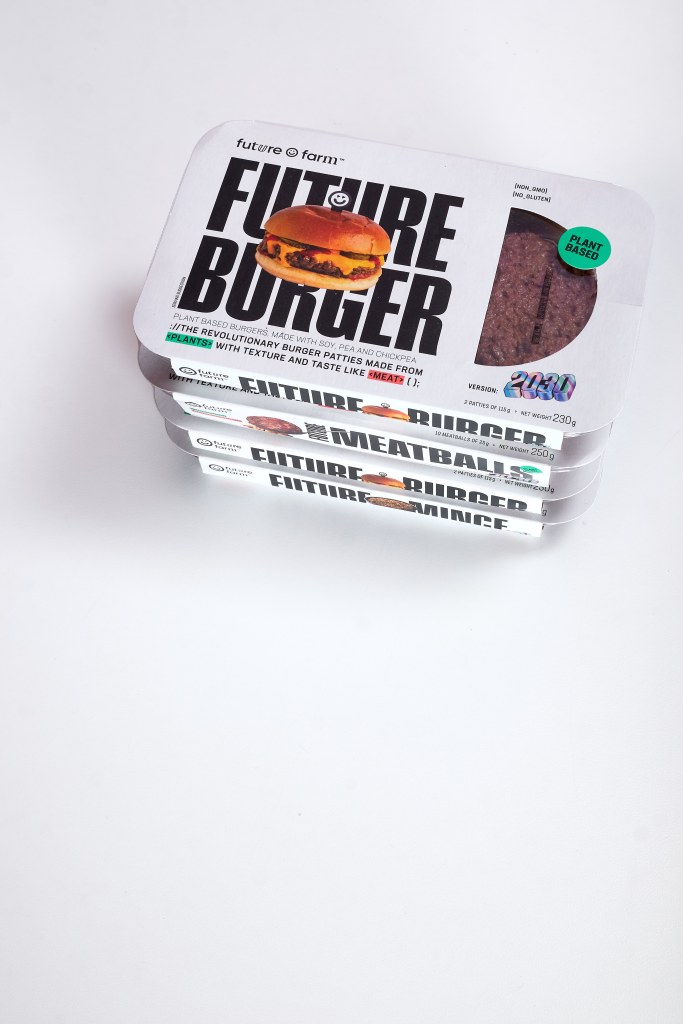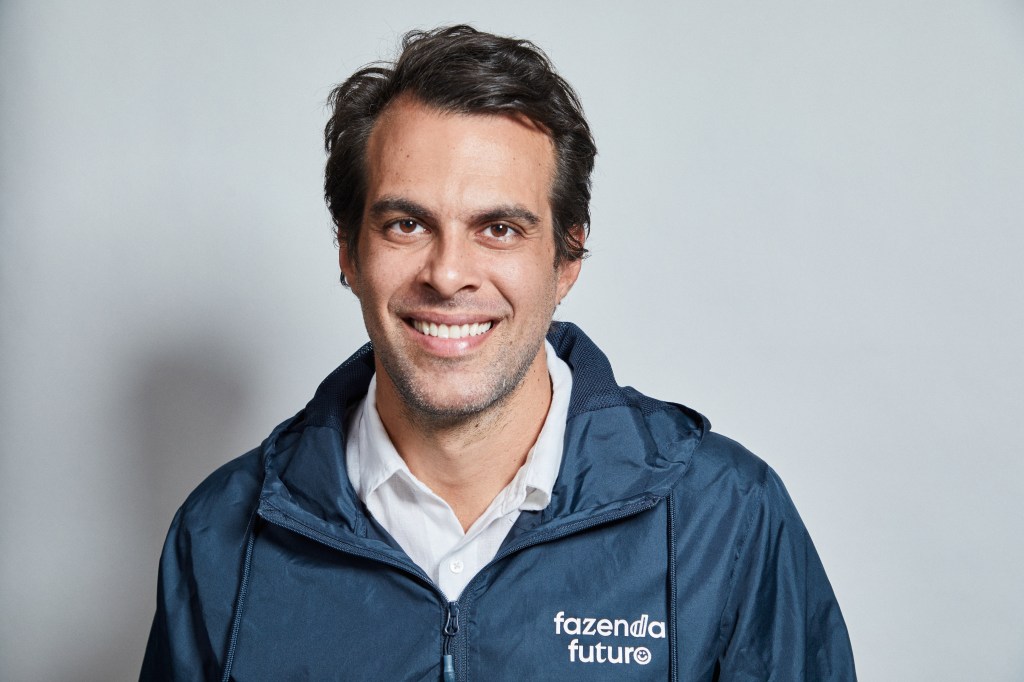We sat down with the Pacific GM, Lisa Asher, to talk about responsible soy sourcing, the importance of price parity and what makes Future Farm stand out from the crowd.
After launching in 2019, Brazilian food tech company, Future Farm, is now available in 30 markets around the world, including Australia.
Its signature products include the Future Burger, Mince and MeatBalls, all boasting the company’s trademarked 3 Plant Protein mix, which gives them their likeness to traditional animal meat products.
While its akin to the Colonel’s secret herbs and spices mix, Lisa Asher recently gave Future Alternative a little insight into Future Farm’s unique processing methods, its incredible growth since launching, and its unwavering commitment to sustainability.

Can you tell us about Future Farm and the growth it’s experienced since its launch in 2019?
Future Farm started as two college students hoping to change the way the world eats meat; I guess you could say it was humble beginnings. Within three months of launching in July 2019, the company raised $8.5 million in its first foreign investment round, increasing its market value to $100 million. The investment round was overseen by Monashees, one of the largest and most active venture capital funds in Latin America.
After launching in Rio and San Paolo, increased demand prompted Future Farm to revise its business plans, expanding its presence in retail and food chains across Brazil. So in total, it’s now available in more than 10,000 outlets worldwide, including retail, restaurants, B2B, ecommerce and specialty shops.
Future Farm has a trademarked three plant protein mix, which is a unique blend of soy, pea and chickpea. What effect does it have on the end product?
It’s like KFC’s secret herbs and spices, so I can only tell you what I can tell you. There were a number of years before we started selling when the founders were working on the product and getting it right. It all comes down to processes and ingredients and timing. And they’re continuing to work on that ongoing, so we can improve our overall taste and texture so that you cannot tell the difference. I would say that at the moment when you put us next to meat, you cannot tell the difference. But there are small things we can do to make it taste even better than meat.

“We only source soy from suppliers who are part of the same body, and that means they’re not part of the deforestation of the Amazon…”
– Lisa Asher, Pacific GM, Future Farm
One of the things that Future Farm really emphasises in its marketing is its commitment to sustainability as a whole. The company is undergoing B Corp certification, its packaging is sustainable and the Future Burger is carbon neutral. Is carbon neutrality something the company will roll out to all of its products?
What I want to touch on first is the packaging. So in Australia we can’t use biodegradable packaging; we use recyclable packaging because the biodegradable packaging requires us to put it in the red bin and then it’s the enzymes in the landfill which cause it to break down. But Australians aren’t used to doing something like that. So globally, we have biodegradable packaging, but in Australia it’s all fully recyclable.
As for being carbon neutral, I believe we’re looking to roll it out across the range … and I think it’s a really great thing for us to do even though we do have a low carbon footprint as it is.
We’re produced in Brazil and a lot of renewable energy is used in Brazil, whereas in Australia, a lot of our energy comes from fossil fuels. So despite travelling across the ocean by sea freight, we still have a fairly low carbon footprint.

Future Farm has gained Responsible Soy Certification. Can you tell us what that means in terms of the company’s sourcing policies?
So we only source soy from suppliers who are part of the same body, and that means they’re not part of the deforestation of the Amazon. So the deforestation of the Amazon is a really, really big issue and it’s being cut down and replaced by poor quality crops, generally soy to feed cattle, because there a large meat producers that come out of Brazil and they use soy that comes from the Amazon to feed their animal protein, to then sell on the global market. So participating in the RTRS means that we’re only sourcing from suppliers who are not part of the deforestation and they had to have been in operation prior to a certain period where they started the deforestation.
And so what it means is that if you buy from Future Farm, you’re actually helping save the Amazon because it’s not the soy that’s gone towards beef. It’s the sustainable soy that hopefully can help restore the rainforest.
The other point that Future Farm likes to emphasise is its cost competitiveness. Why is price parity such an important part of Future Farm’s messaging?
At the moment, pricing is very, very important for us. We want to be as cheap as we possibly can in the Australian market, and to reach the point of parity with meat or go below it will mean that general people in Australia, people who have multiple mouths to feed, don’t have to make a decision when they’ve got a limited budget. They don’t have to look at it and go ‘Well I can pay a premium and help save the planet or I’ve got all these other bills that I need to pay. I’m just going to go for the cheapest option.’
So getting to parity or being cheaper takes the financial hardship out of it for consumers. It makes it a lot easier for them to go ‘yes, I’m going to eat this. Not only is it good for the planet, but it’s also good for my wallet.’

Future Farm’s key products at this stage are its burgers, meatballs and mince, but the company is working on other alternative protein products. Can you tell us a little bit about this and what we might see next?
So we’re launching with burgers, mince, and meatballs in the Australian market to begin with. In terms of what we can expect on the horizon … one thing that I’m really excited about is our Future Tuna. So this is a product which has just launched, and it’s our number one selling product in the UK. You can’t tell that it’s not tuna. It’s an amazing product. So I’m hoping that will come to market at the back end of this year.
We’re also looking to bring sausage, which is a pork style sausage, different to our core SKU products. So that’ll be coming later in the year. And chicken certainly, and in all its various forms, I would say would be in development.
We’re also forever looking at how we can improve our formulation on our existing products. The current product that we have selling in the Australian market is our 2030 formulation, which is our version three, but you can also expect to see a revamped version four at some point in the future, perhaps next year.
Listen to the Future Alternative podcast episode with Lisa Asher, click here.
To stay up-to-date on the latest industry headlines, sign up to Future Alternative’s enewsletter.
Posted on:


